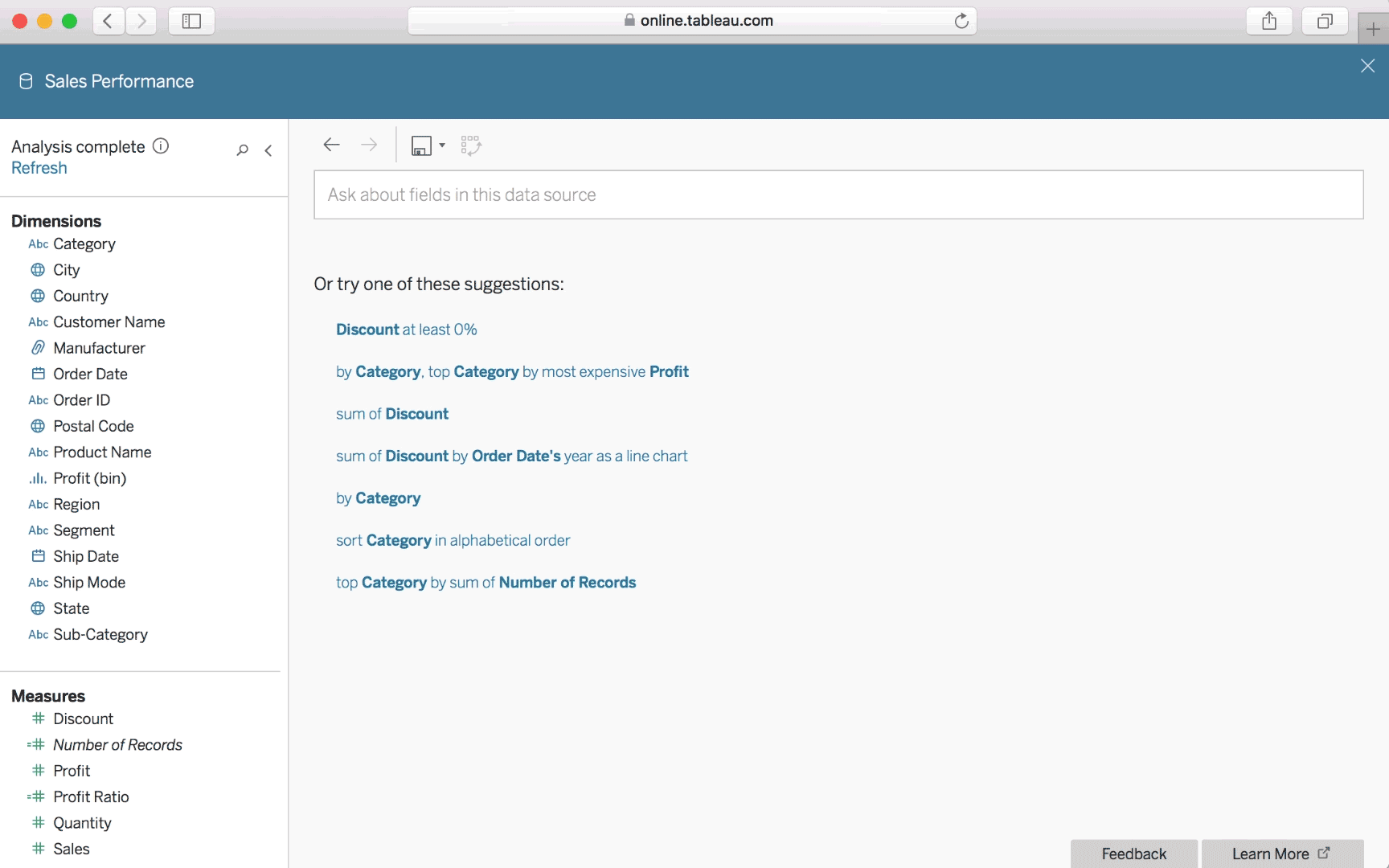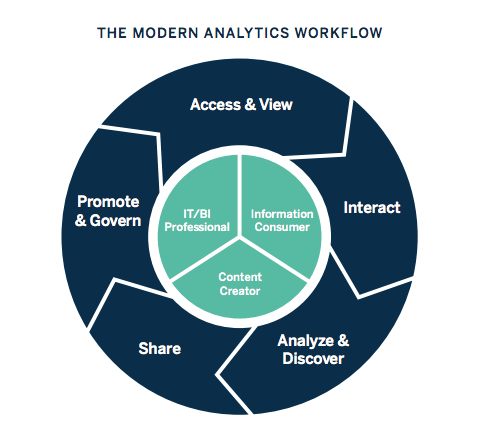Business Intelligence Analysis
What is business intelligence? Your guide to BI and why it matters
It’s important to note that this is a very modern definition of BI—and BI has had a strangled history as a buzzword. Traditional Business Intelligence, capital letters and all, originally emerged in the 1960s as a system of sharing information across organizations. It further developed in the 1980s alongside computer models for decision-making and turning data into insights before becoming specific offering from BI teams with IT-reliant service solutions. Modern BI solutions prioritize flexible self-service analysis, governed data on trusted platforms, empowered business users, and speed to insight.
This article will serve as an introduction to BI and is the tip of the iceberg.
Examples of business intelligence

Tableau's Explain Data feature helps to quickly identify possible explanations of outliers and trends in data.
Much more than a specific “thing,” business intelligence is rather an umbrella term that covers the processes and methods of collecting, storing, and analyzing data from business operations or activities to optimize performance. All of these things come together to create a comprehensive view of a business to help people make better, actionable decisions.
Over the past few years, business intelligence has evolved to include more processes and activities to help improve performance. These processes include:
- Data mining: Using databases, statistics and machine learning to uncover trends in large datasets.
- Reporting: Sharing data analysis to stakeholders so they can draw conclusions and make decisions.
- Performance metrics and benchmarking: Comparing current performance data to historical data to track performance against goals, typically using customized dashboards.
- Descriptive analytics: Using preliminary data analysis to find out what happened.
- Querying: Asking the data specific questions, BI pulling the answers from the datasets.
- Statistical analysis: Taking the results from descriptive analytics and further exploring the data using statistics such as how this trend happened and why.
- Data visualization: Turning data analysis into visual representations such as charts, graphs, and histograms to more easily consume data.
- Visual analysis: Exploring data through visual storytelling to communicate insights on the fly and stay in the flow of analysis.
- Data preparation: Compiling multiple data sources, identifying the dimensions and measurements, preparing it for data analysis.
Why is business intelligence important?

Great BI helps businesses and organizations ask and answer questions of their data.
Business intelligence can help companies make better decisions by
showing present and historical data within their business context.
Analysts can leverage BI to provide performance and competitor
benchmarks to make the organization run smoother and more efficiently.
Analysts can also more easily spot market trends to increase sales or
revenue. Used effectively, the right data can help with anything from
compliance to hiring efforts.
A few ways that business intelligence can help companies make smarter, data-driven decisions:
- Identify ways to increase profit
- Analyze customer behavior
- Compare data with competitors
- Track performance
- Optimize operations
- Predict success
- Spot market trends
- Discover issues or problems
How business intelligence works
Businesses and organizations have questions and goals. To answer these questions and track performance against these goals, they gather the necessary data, analyze it, and determine which actions to take to reach their goals.

On the technical side, raw data is collected from the business’s activity. Data is processed and then stored in data warehouses. Once it’s stored, users can then access the data, starting the analysis process to answer business questions.
How BI, data analytics, and business analytics work together
Business intelligence includes data analytics and business analytics, but uses them only as parts of the whole process. BI helps users draw conclusions from data analysis. Data scientists dig into the specifics of data, using advanced statistics and predictive analytics to discover patterns and forecast future patterns. Data analytics asks “Why did this happen and what can happen next?” Business intelligence takes those models and algorithms and breaks the results down into actionable language.
According to Gartner's IT glossary, “business analytics includes data mining, predictive analytics, applied analytics, and statistics.” In short, organizations conduct business analytics as part of their larger business intelligence strategy. BI is designed to answer specific queries and provide at-a-glance analysis for decisions or planning. However, companies can use the processes of analytics to continually improve follow-up questions and iteration.
Business analytics shouldn’t be a linear process because answering one question will likely lead to follow-up questions and iteration. Rather, think of the process as a cycle of data access, discovery, exploration, and information sharing. This is called the cycle of analytics, a modern term explaining how businesses use analytics to react to changing questions and expectations.




0 Comments